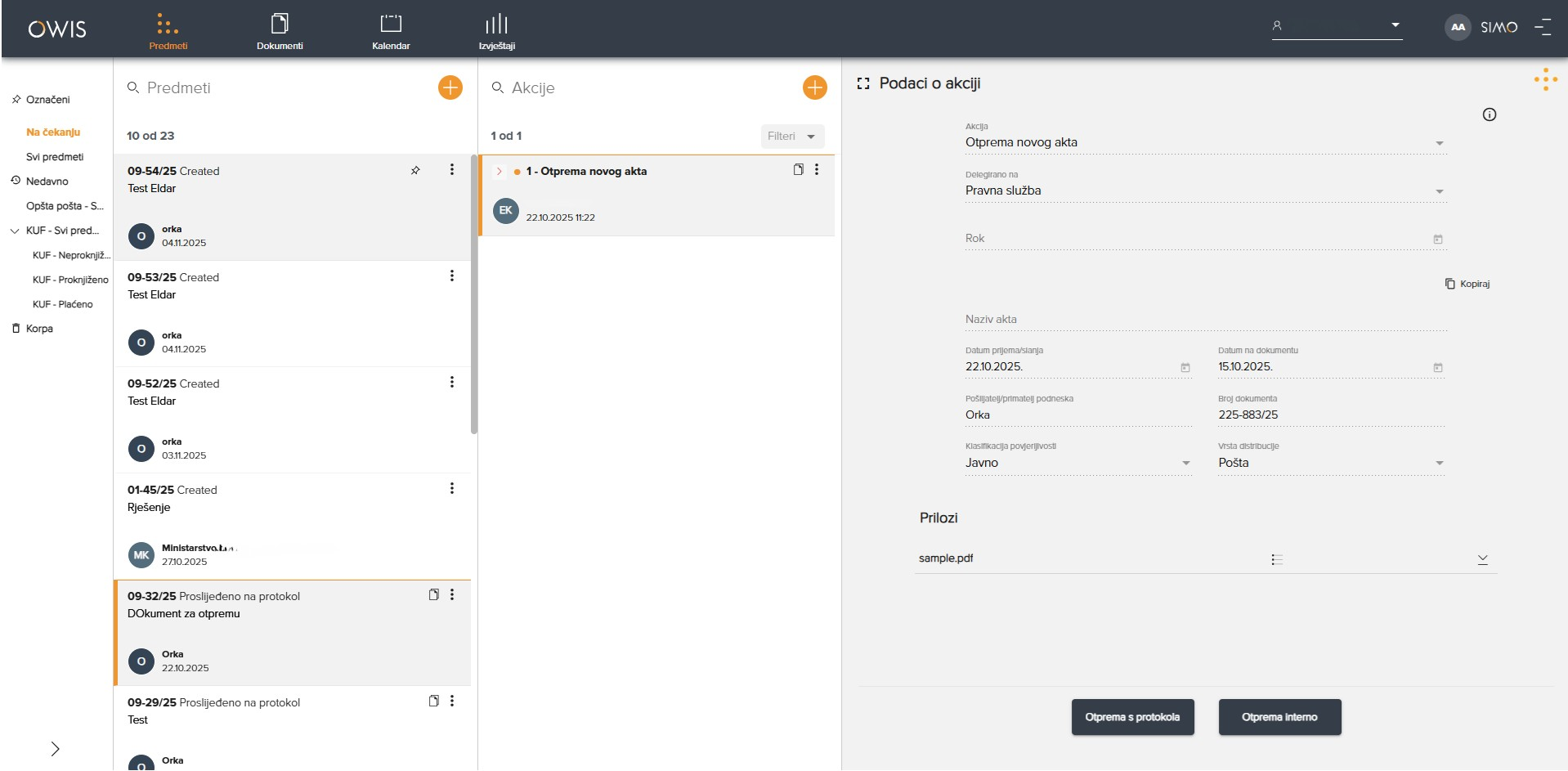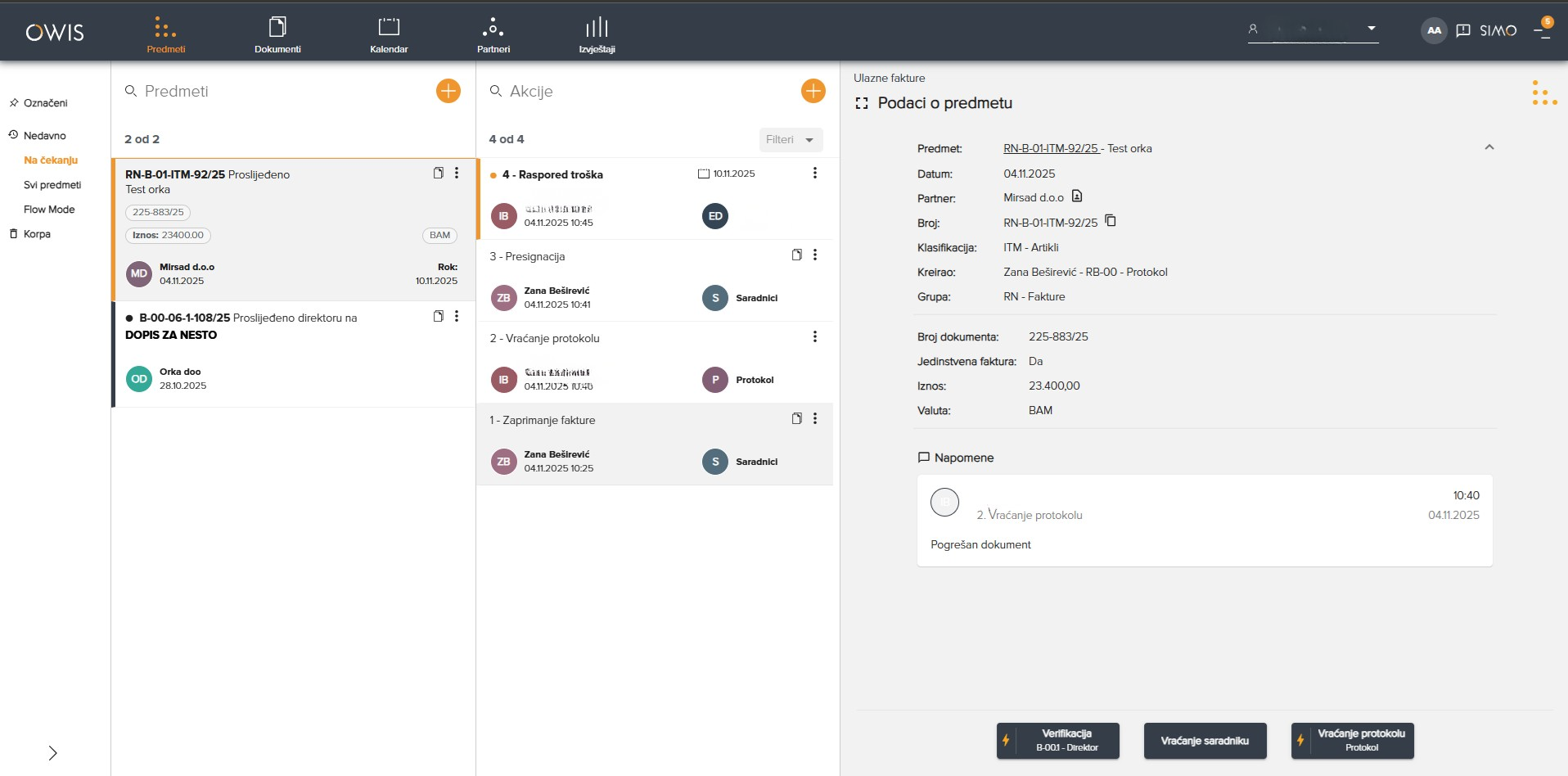Why are invoices late even though they are digital? Seven specific reasons and how to solve it
If your invoices are still floating around your company even though you “do everything digitally,” the problem isn’t with the PDF, it’s with the process. The average cycle time for processing an invoice in a classic, manual mode is still measured in days, not hours. Research shows that companies take an average of 9 to 14 days to process an invoice – even when they’re “digital.”
A digital invoice is not the same as a digitalized process
A key misunderstanding is equating “PDF in email” with “digitalized process.” A scan is not a structure, it is not an approval flow, and it is not version control. Without a proper workflow, bottlenecks, signature waits, and endless forwarding occur. As long as email is the main channel for managing important documents, visibility, change tracking, SLAs, and security are lost.
Average invoice cycle – nine days and nine reasons for a headache
Data shows that employees spend up to 20% of their working time searching for files and emails. This directly lengthens the invoice cycle because status, attachments, or approvals are searched in multiple places. Every step that depends on manual work and unclear rules – who approves, when, and how – automatically lengthens the process.
Why do PDFs make more of a mess than paper?
A PDF is just a paper image. There is no data that the system can understand, no fields to validate, and no flow logic whatsoever. A scanned invoice may look neat, but inside the system it's a "dead file" - you don't know who reviewed it, when, or if it's waiting for approval.
The seven most common causes of invoice processing delays:
Invoices arrive through different channels – email, portals, paper – and end up in different “drawers”.
Manually retyping data introduces errors and delays.
Approvals depend on hierarchy and manual signatures.
Versions and attachments are stored in emails, not in the system.
No reminders or deadlines – tasks are forgotten.
Lack of insight into the cycle and bottlenecks prevent intervention.
Poor integration with ERP leads to delayed posting.
Manual input and e-mail are not workflows
Email is not a workflow – it’s a mailbox without priorities. When all steps are based on sending, forwarding and copying, the process becomes invisible. OWIS puts order in this: each invoice automatically gets a status, a responsible person and a clear flow, without waiting for someone to “send it on”.
How much is one day late really costing you?
Every day of delay increases processing costs, early payment discounts are lost, and the risk of miscalculation in cash flow planning increases. The best AP teams in the world work 3–5 times faster than those that rely on manual work, precisely because of automated workflows.
What does OWIS do differently (and why does it work)?
1. Central inbox – all channels (email, portals, scans) merge into a single inbox.
Inbox preview with items and statuses
2. Automatic reading and validation – the system recognizes the supplier, amount, date, invoice number and checks the data.
Example of an analyzed invoice after all key data has been identified in the OWIS system
3. Approval rules – defined thresholds by amount and type of expenses automatically route the document.
It is possible to configure approval thresholds at arbitrary amounts
Example 1: Display of action execution below the defined limit - delegation to finance
Example 2: Display of execution of an action above a defined limit - delegation to the department head
4. SLA timers and reminders – each phase has a deadline and an owner.
View action and case deadlines
5. One version of the truth – everyone sees the same document, with a complete history of changes.
Overview of the document history in progress
A preview of the document in process is available at any time
6. Integration with ERP - automatic posting and synchronization of status.
7. Dashboards in real time – a clear overview of the number of invoices, backlogs and average processing time.
A dashboard is available at all times, allowing you to view the number of invoices by department, period, procedure, classification and additional arbitrary parameters.
PDF is a picture, not a data: why structured data changes everything
Digitization is not scanning, but converting documents into data that can "work". When an invoice becomes a set of structured information, OWIS enables the tracking, search and measurability of each step.
How to measure efficiency and identify bottlenecks in the process
Through OWIS dashboards, you can see exactly where the process stops - by department, person, phase or type of expense. This transparency also enables optimization: faster approval, better planning and less stress in accounting.
When an invoice becomes a process – time becomes an ally
Delays do not come because people are not working, but because the system is not working. When input is standardized, approvals are automated, and time is measured and tracked – the cycle time drops from days to hours. That's the difference between a file and a process. OWIS is designed to be a process.











